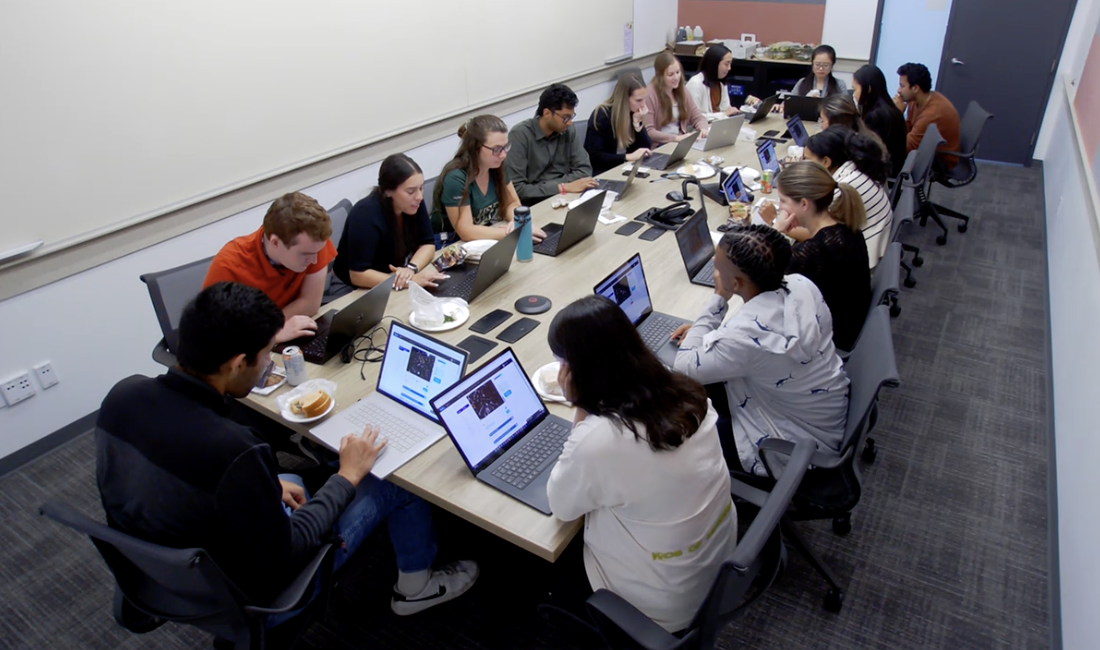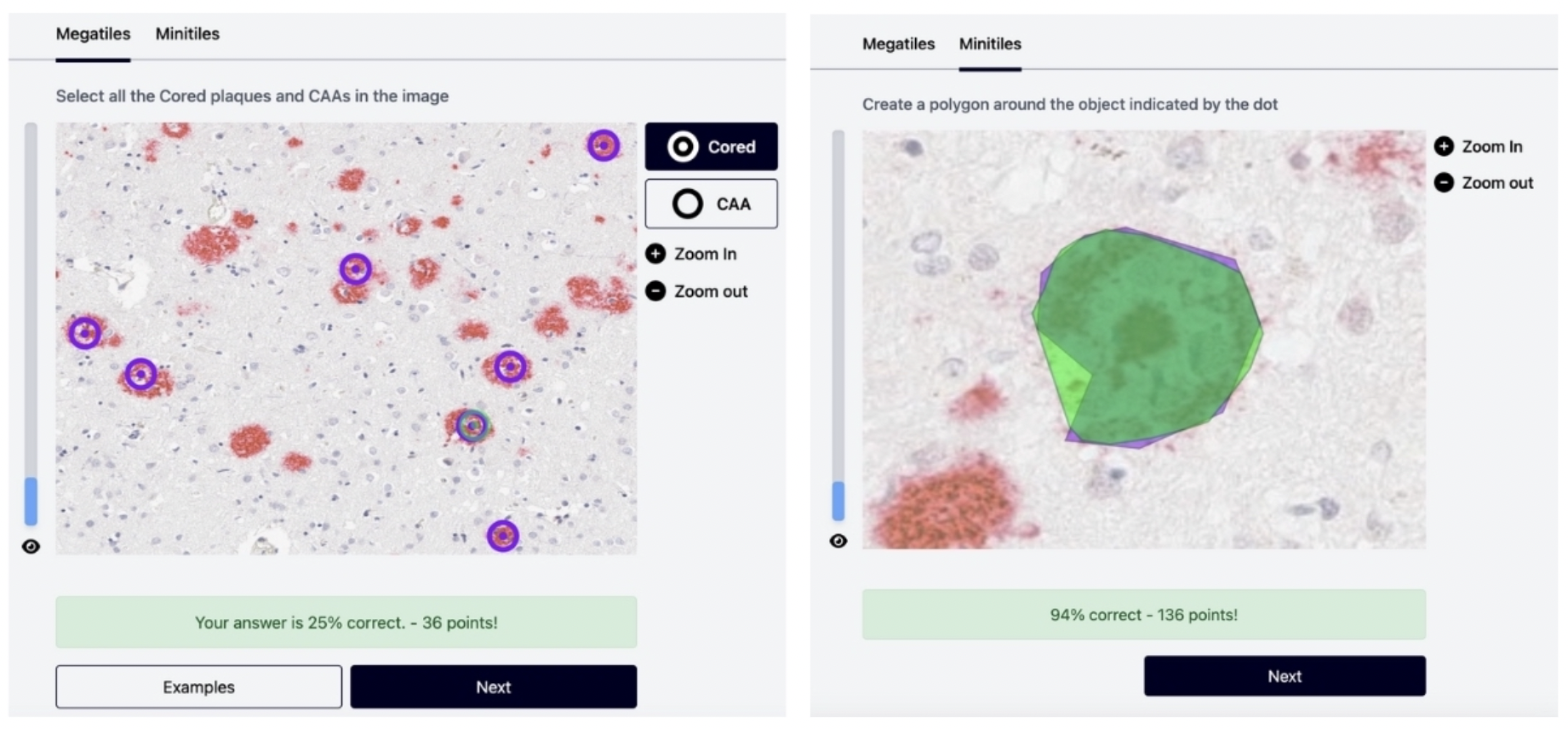As the leaves changed and the air turned crisp, Microsoft employees worldwide once again dedicated their time and skills to accelerating Alzheimer’s research through Stall Catchers. This year's impact was unsurpassed!
Throughout the month of October, an impressive 751 Microsoft employees participated in 15 hosted and 36 self-run Stall Catchers volunteering events - mini “catchathons”. Their commitment resulted in an astonishing 63,261 brain capillaries being analyzed in Stall Catchers - over 10,000 more than last year! This collective effort contributed 51.8 days of laboratory-equivalent analysis, making it possible to complete the analysis of the PLX dataset (learn more about this dataset below!).

A little friendly competition
The volunteer enthusiasm we witnessed was truly inspiring. Because each hosted event has its own unique Online Leaderboard we got to enjoy seeing the sense of camaraderie and friendly competition that emerged among the participants. From teams in the finance to legal department, to those in UX design and Health Futures, we got to appreciate the team cultures and individual personalities of each group we hosted. This was all made possible by the October Giving Champions, who took the initiative to spread the word and organize these events.

You can’t take the Microsoft out of the Volunteers ;)
The contributions of Microsoft volunteers went well beyond data analysis. They had some keen ideas and on how to enhance the Stall Catchers interface to improve user experience, ranging from user interface improvements to completely new features. This included streamlining the annotation process, optimizing navigation controls, and enhancing user engagement. HCI Director Pietro Michelucci quipped “we might have to add these folks to the payroll!”
The PLX dataset
The PLX dataset that volunteers contributed to is at the forefront of Alzheimer's research. Spearheaded by Lianne Trigiani at the Schaffer-Nishimura Lab, it focuses on the role of microglia in capillary stalling. This research could unravel new aspects of how hypertension and genetic factors like APoE4 influence Alzheimer's disease. By investigating the relationship between microglia activation and capillary stalling, we hope to uncover new intervention strategies for dementia prevention. We have an entire blog post about the PLX dataset here if you want to dig deeper!
Celebrating successes!
Each team that participated in an October Giving catchathon is a member of the broader Microsoft Giving League, which has expanded to over 1,800 Microsoft catchers over the past three years. The tremendous contribution of each team this year highlighted the collaborative spirit and dedication of Microsoft employees and was instrumental to advancing Alzheimer’s research. You can see the top ten teams ranked by score below.

Expanding the scope - Beta Catchers Project
For Microsoft volunteers who were looking for a fresh challenge, we introduced Beta Catchers, a new citizen science project that involves crowd-analyzing digitized microscopic images of human brain tissue. Its aim is to shed light on Alzheimer’s prevalence disparities between Hispanics and non-Hispanic whites, opening new avenues in understanding this complex disease. Thanks to everyone who participated, we were able to double our pilot data, which is critical to assessing its analytic capabilities before we publicly launch it!
Looking ahead with optimism
We are so grateful to every Microsoft Giving champion and volunteer who participated in a Stall Catchers event this year. Your contributions, both in terms of data analysis and platform feedback, are invaluable. Moreover, the generous in-kind donations from Microsoft based on each volunteer’s participation helps us keep Stall Catchers operational so we can continue to enable the volunteer-based acceleration of Cornell’s groundbreaking Alzheimer’s research.
Your engagement is not just advancing science; it's paving the way for a future where we can better understand and combat Alzheimer's disease.
